Energy transition via electrification – a key component for a net-zero world
With significant potential for emissions reduction, industrial energy transition is an important strategy to create a more sustainable future for all
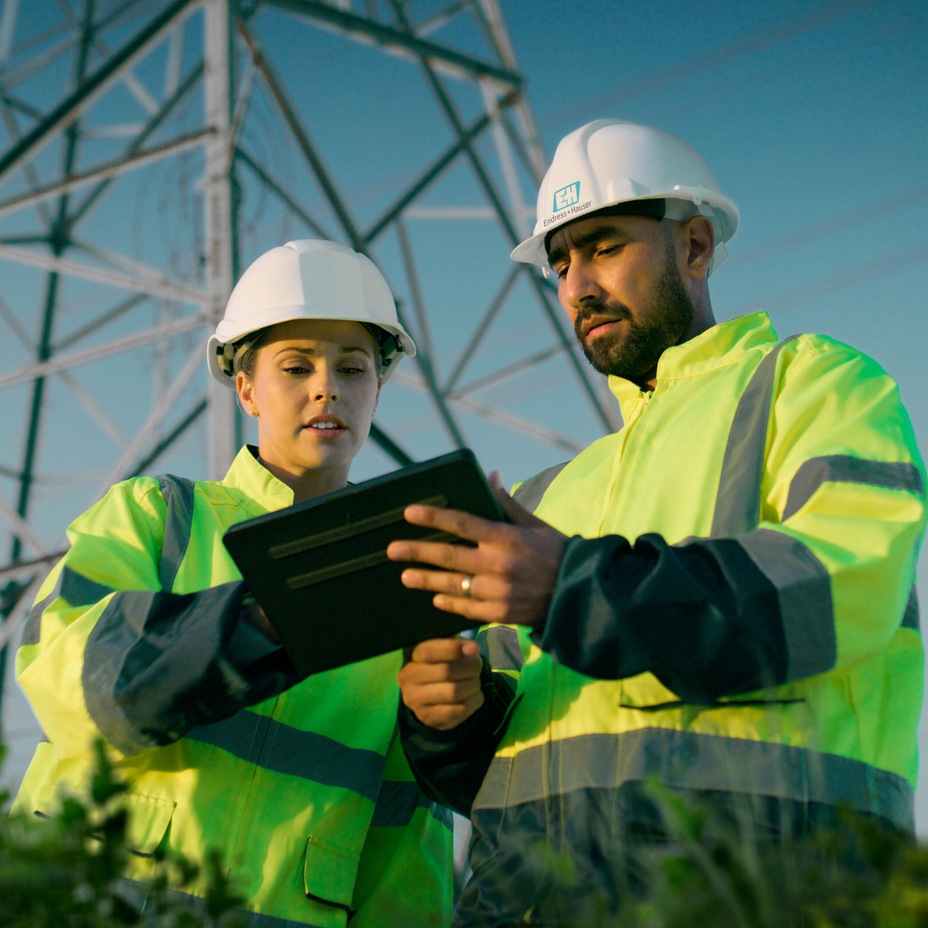
Tóm lại
- Efforts to address climate change are driving increased electrification in many industrial processes, transportation and building management applications.
- Electrification is a leading strategy for reducing carbon dioxide emissions, with the majority of these reductions as a result of renewable energy use and transitioning applications from fossil fuels to renewable electricity.
- Light duty electric vehicles have seen tremendous growth in just the last decade. Other forms of transportation, such as aviation and long-haul shipping, face additional technological challenges due to more complex operational requirements.
- Industrial electrification’s most promising potential is in low-temperature heating processes, such as food drying, beverage production, paper processing and light manufacturing.
- Batteries play multiple roles in electrification from mobile transportation, to grid scale storage that smooths out the supply of power from photovoltaic solar and wind.
Electrification and carbon reduction
Electrification is the effort of transitioning technologies and processes that once depended on non-electric energy sources, such as fossil fuels, into ones powered by electricity, ideally generated by renewable sources, like solar, wind and hydro. The main benefit is reduced greenhouse gas (GHG) emissions.
Meeting net-zero emissions goals by 2050 within the energy sector requires leveraging all available measures to reduce carbon dioxide emissions. Electrification plays an essential role because it is projected to be the most impactful carbon reduction mitigation measure within the sector from 2030 to 2050, and second to only wind and photovoltaic (PV) solar from 2022 to 2030. It will also be necessary to maintain the Paris Climate Accord’s 1.5 °C threshold before the end of the 21st century.
Most electrification-driven emissions reductions come from shifting dependence on fossil fuels to renewable energy sources - and most of these measures are provided by technologies that are available and scalable today.
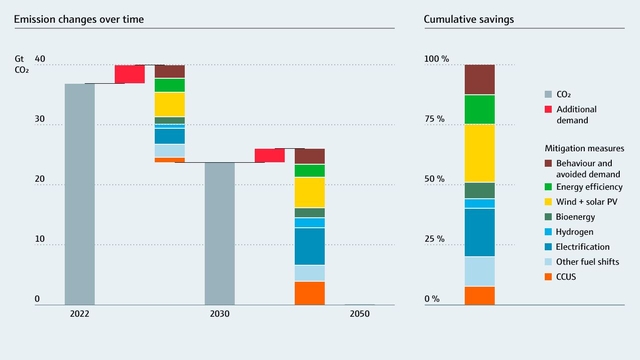
Insights
Expansion of renewable power generation, energy efficiency improvements and direct electrification of end-uses are projected to comprise 80% of total emissions reductions by 2030.
To reach carbon neutrality, all industrial sectors will need to explore several pathways in parallel, including efficiency improvements, carbon capture and storage (CCS) and fuel switching to hydrogen.
Electrification adoption across industries
Meeting globally targeted and regionally mandated net-zero objectives will require GHG emissions reduction in the transportation, heating and industrial sectors where fossil fuels are used today, and these carbon reduction efforts will not be easy or inexpensive. The following sections highlight industry-specific opportunities for energy transition.
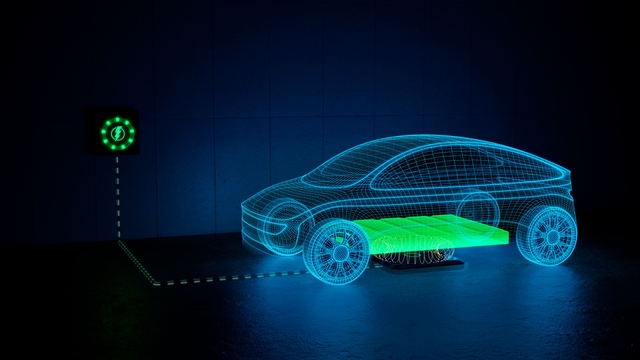
Transportation
Exact percentages vary by region, but transportation consistently ranks as a major contributor to GHG emissions because of its widespread use of fossil fuels. While electrification is increasing in light electric vehicles, it accounts for less than one percent of the sector’s total energy use, highlighting the room for growth in light, medium and heavy-duty vehicles.
China, Europe and the United States hold the largest vehicle and EV (electric vehicle) markets today, with China generating the highest EV sales of all nations due to strong governmental policies and incentives and a lack of domestic oil supplies.
EVs have several negative market externalities, the most significant being barriers imposed by limited charging infrastructure and high upfront costs, the latter of which are primarily attributable to battery costs. As the number of electric vehicles grows, they can also stress local power grids by substantially increasing the amount of electricity demanded, but this can be somewhat alleviated by strategically expanding grid capacity through local power generation with solar PV micro-grids in certain locations.
Heavy-duty vehicles encounter additional obstacles. For example, trucks’ high payload requirements pose EV design challenges due to batteries’ heavy weight. Additionally, long-haul carriers must frequently cover hundreds or thousands of kilometers per day, which may not be possible with the need for frequent and extensive recharging using limited plug-in infrastructure. Without innovations to reduce charging times and improve battery energy-to-weight ratios, these issues limit the ability for heavy-duty EVs to replace most existing fleets of fossil fuel trucks. Total cost of ownership also plays a role, and while electric trucks cost less to operate, the high initial investment required can be a barrier for transporters.
Electrification is simply out of consideration for the aviation industry due to the immense weight it would require for enough batteries to induce propulsion over any productive distance. Instead, the industry is examining sustainable aviation biofuel and operational optimization to curb emissions.
Heating
Buildings already use electricity for space cooling, refrigeration, lighting and computing equipment, but there are areas of opportunity in space and water heating systems, many of which are powered by propane, natural gas or diesel.
Electric heat pumps have been used for decades to efficiently heat and cool homes in moderate climates, but they struggle to operate effectively in sub-freezing temperatures. However, recent innovations - such as variable speed inverter-driven compressor technology - are enabling system performance in climates well below -12 °C (10.4 °F).
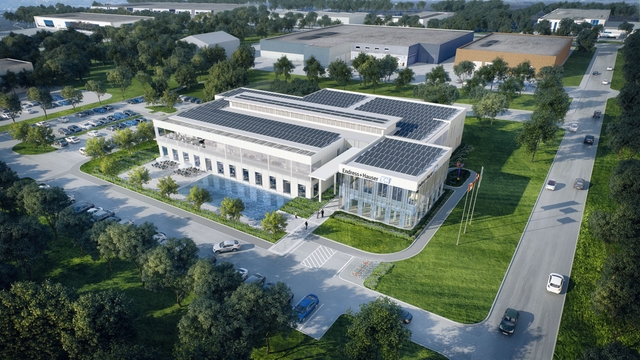
Although ground source heat pump efficiency is unparalleled, higher capital costs to convert natural gas units can be a barrier. New construction is often the best opportunity to electrify in this area because there are presumably already high upfront investments being made. Additionally, operational expenditure savings over time, along with a reduced carbon footprint, can often justify additional capital expenditures in these situations.
Overall, electrification of buildings using heat pump technology, combined with cleaner electricity generation, is an important pathway toward reaching climate goals.
Industrial electrification
There is a largely unrealized potential for industry to electrify many assets, lessening dependence on fossil fuels when paired with net-zero energy. The greatest opportunity for electrification is in low-temperature heat processes, such as food drying, beverage production, paper processing and light manufacturing. This includes processes required to generate heat up to approximately 400 °C (752 °F).
Beverage markets can electrify previously natural gas- and fuel oil-powered processes. Manufacturing processes that were reliant on fossil fuels to heat water and steam can use specialized equipment, including mechanical vapor recompression evaporators, steam dryers and electric boilers. Experts estimate more than 50 percent of all fossil fuel consumed by manufacturers to power processes could be replaced with electricity, aiding in the energy transition.
The pace of electrification for industrial processes that require high heat, 1,000 °C (1,832 °F) and higher, is dependent on the development of new electrical technologies to potentially replace equipment with extensive lifecycles in industries such as steel and cement production. For example, electric arc furnaces are being developed with the capability to replace traditional blast furnaces, emitting significantly lower emissions.
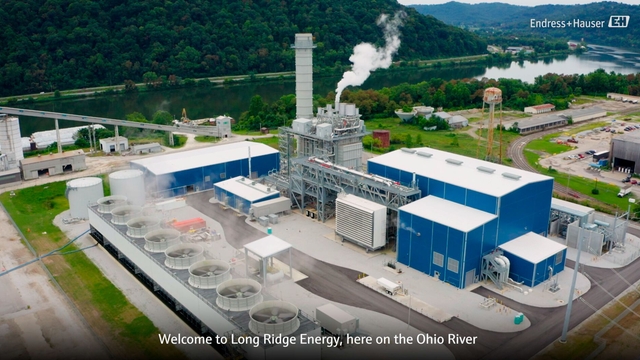
The industrial sector as a whole emits GHGs through multiple complex pathways. This includes indirect - via fossil fuel-derived electricity - and direct emissions, through on-site fossil fuel combustion and power generation, in addition to GHG process byproducts and leakage. Electrification can reduce emissions from all these sources, although upfront and operating costs are often higher.
Batteries
Any discussion of electrification must include batteries and battery technology. Batteries are a vital component of the energy transition, particularly pertaining to electrified mobile transportation and grid scale storage that can smooth out the supply of intermittent power sources, including solar PV and wind. Batteries can also make mobile power generation for devices and systems possible, replacing small generators and static plant and mobile equipment.
There are various new battery designs and recent advances in material science that are enabling better battery chemistry and efficiency. Generally, lithium-ion batteries are preferred for their high energy efficiency and long cycle life compared to other materials. These batteries have benefited from economies of scale, and they are currently the primary battery technology for grid scale storage.
A battery is made up of an anode, cathode, separator, electrolyte and two current collectors - positive and negative. The anode and cathode store the lithium, while the electrolyte carries positively charged lithium ions from the anode to the cathode, and vice versa, through the separator. The movement of the lithium ions creates free electrons in the anode, which causes a charge at the positive current collector. The electrical current then flows from the current collector through the device being powered to the negative current collector. The separator blocks the flow of electrons inside the battery, while allowing lithium ions to pass through.
The primary benefit for both EV and grid scale batteries is the ability to accept, store and release electricity on demand, similar to pumped storage hydroelectricity.
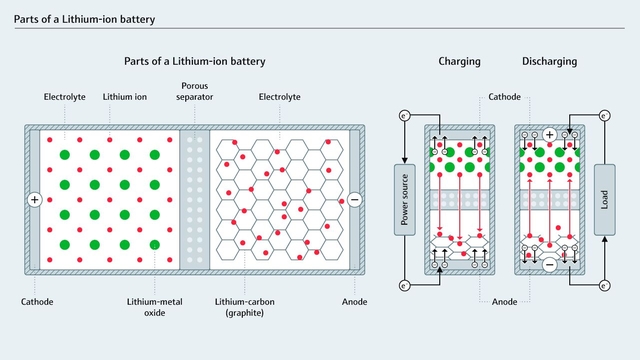
Battery mineral challenges
Leveraging the benefits of batteries for electrification creates new challenges related to the raw materials needed for battery production. Responsible battery mineral sourcing is a major issue on the global sustainability agenda, so extraction of these materials should be accomplished with a trusted battery solutions partner.
Like most batteries, EV batteries are composed primarily of energy transition minerals (ETMs), sometimes called “critical minerals.” Currently, most EV batteries are lithium-ion, containing varying amounts of ETMs, including lithium, cobalt, nickel and graphite. Many of these materials can be reused and recycled in the circular economy, unlike gasoline vehicles, which rely on the continuous extraction and burning of fossil fuels. There are other rare earth elements required in EV electric motors and in wind turbine permanent magnets, such as copper.
Sustainable supply chains must continuously improve the traceability of these materials. Battery manufacturers can leverage the deep expertise of companies like Endress+Hauser to support instrumentation audit and certification initiatives.
Insights
Most EV batteries are lithium-ion and contain varying amounts of ETMs like lithium, cobalt, nickel and graphite. Many of these materials can be recycled within the circular economy.
Electrification is not the entire solution, but a core component
Adequate information and transparent comparisons regarding cost, technological viability and environmental impact implications are critical in making electrification decisions, but these elements are too-often incomplete or missing. In many industries, customers are simply not aware or even misinformed about these implications, along with the availability of government-sponsored incentives, when choosing between conventional and electrified solutions.
Fortunately, electrification and other low-carbon technologies are becoming increasingly widespread and less expensive in both industrial and consumer markets, with advancements and economies of scale helping drive this trend. To achieve net-zero goals, companies and governments must continue to make and stand behind sustainability pledges, leveraging electrification and other methods to reduce carbon dioxide emissions in the transportation, heating and industrial sectors.


